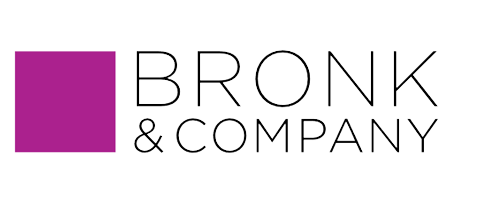S&OP – Making your Supply Chain Productive and Profitable
In times of volatile market fluctuations, Asian subsidy policy and American protective duties, metal producers and processors are asking themselves how they can make their own supply chain productive and profitable. The risk of high inventory and rising costs must be absorbed through a stronger market orientation and increasing flexibility of the supply chain. The S&OP process (Sales & Operational Planning) with perfectly aligned sales, planning and execution processes, provides the foundation on which to secure the profitability of the supply chain. S&OP balances demands (market view) and equipment capacities (production view) und supports important steerage decisions, such as:
- Which product mix will provide the best margin?
- Which market segmentation is most profitable?
- Which customer demands should be prioritized?
- Which supply chain setup best fulfills the market requirements?
Key to Supply Chain Excellence – the Sales Forecast
The central piece of the S&OP process, and the basis of all supply chain decisions, is a rolling sales forecast spanning 12 to 18 months, which is produced, i.e. checked and updated, monthly. This has been, and still is, a very laborious process in many companies, but modern planning tools and BI support provide the possibility to disaggregate the sales forecast to a required and meaningful level of detail with very few clicks. Thus, important customer information can be considered or gaps of relevant information can be identified and closed respectively, to provide a “total picture”.
Organization of Supply Chain Performance – the Operational Plan
A supply chain set up for profitability optimally fulfills the market requirements on the basis of a sales forecast. Typical decisions to be made within the scope of the operational plan include:
- Capacity in- and decrease
- Choice of production routes
- Inventory planning (across all value creation steps)
- Service level (possibly according to product and customer clusters)
Modern planning tools support this process with the option to simulate different scenarios, in order to evaluate the decisions mentioned above regarding different target dimensions:
- Profitability
- Inventory (net working capital)
- Cost
- Throughput
A rolling monthly operational plan should optimally respect and monitor these targets and in case of, e.g. new results of the sales forecast, enable a new and performant setup of the supply chain.



